Investors urged to look southwards
 |
| Intel has already identified Vietnam’s high-tech industry potential |
Early last month, Taiwan Electrical and Electronic Manufacturers Association encouraged its members to follow Taiwan’s Foxconn and Compal, the world’s leading mobile handset and notebook outsourcing manufacturers with clients like Dell, Hewlett-Packard, Apple and Nokia, to set up production projects in Vietnam.
The encouragement was amplified after Foxconn in June announced a hike in wages at its factories in China by nearly 100 per cent due to labour unrest.
Arthur Chiao, president of the association (TEEMA) told Taiwanese media that Foxconn’s recent pay rise had signaled an upward trend of production costs in China, forcing the association to promote a southward strategy to encourage China-based Taiwanese technology companies to relocate to Vietnam, India and Indonesia.
Meanwhile, Japanese investors like Toyota and Honda in June were forced to temporarily close manufacturing lines in China when workers at their part supplier Denso demanded higher wages.
“Foreign investors including Japanese companies will be forced to rethink and modify the portfolio of investment places because of the recent rise in wages and frequent strikes in China,” said Shinya Abe, chairman of the Japan Business Association in Vietnam.
Taking the advantage of labour costs
Abe said Vietnam was in pole position to grab the disenchanted investors from China. “I think Vietnam will be one of the most important choices,” he said.
Abe, also general director of Panasonic Vietnam, said the country had elements of economic growth such as 86 million people with an average age of 27, stable social conditions and high standard of education that would attract foreign investors.
More importantly, despite the Vietnamese government implementing a roadmap for raising minimum salaries, labour costs in Vietnam will remain relatively lower than China.
A recent Japan External Trade Organisation (Jetro) survey, responded to by 935 firms in the fields of manufacturing, wholesale and retail, construction, transport and banking, showed that the average salaries for a manufacturing sector worker in Vietnam was $101 per month, while in China it was $217.
Vietnam has been considered an alternative place for low-cost manufacturing in recent years and attracted many international manufacturers.
Foxconn is now building a $200 million mobile handset manufacturing factory in northern Vinh Phuc province. Also in Vinh Phuc, Compal is planning to put its $500 notebook manufacturing factory into operation at the year’s end.
Intel, the world’s largest chip maker, will start production at its $1 billion manufacturing factory in Ho Chi Minh City this autumn. It has been investing in the factory since 2006 to take the advantage of low labour costs.
In February, Japanese cosmetics maker Shiseido Co.Ltd also completed a $42 million manufacturing factory in southern Dong Nai province to serve demand from middle-income groups in Asia, including China. The Japanese company announced that a young and cheap workforce was one of the main reasons for establishing the manufacturing factory in Vietnam.
Meanwhile, Japan-based Mitsubishi Heavy Industries Aerospace two years ago ignored Thailand to build an airplane components manufacturing factory in Vietnam to take the advantage of low cost labour.
“My first proposal was Thailand because we already have a subsidiary making airconditioners, but the wages in Thailand are already high,” Hirotaka Masuda, head of the MHI Aerospace Vietnam, was quoted by Financial Times last month.
Statistics from the Ministry of Planning and Investment showed that as of July 31 2010, foreign investors have committed to invest $93.2 billion into 7,101 manufacturing projects in Vietnam, accounting for 50 per cent of the country’s total registered foreign direct investment capital.
Prakriti Sofat, Asian regional economist at Barclays Capital, claimed that Vietnam would attract more foreign investors seeking alternative places to relocate their manufacturing factories outside China.
Geographical proximity to China, relatively low cost labour and a growing domestic demand consistent with rising income levels were diamonds in Vietnam’s crown, said Sofat.
Can Vietnam compete with other South East Asian nations?
But, Vietnam has its own challenges to overcome such as inadequate infrastructure, power shortages, a lack of clustered related industries and an underdeveloped legal system. And like in China, Vietnamese workers are now asking for higher wages.
In June, United States’ auto-maker Ford announced to invest $450 million into a production line in Thailand to make it the firm’s production hub in Asia. Japanese auto-makers including Toyota and Nissan also plan to expand production in Thailand due to labour unrest and the rising labour costs in China.
Why does none of these transnational companies expand production in Vietnam instead of Thailand? Actually, Vietnam’s labour cost is much less than Thailand’s. The Jetro survey showed that a manufacturing sector Thai worker’s average monthly salary is $231, even higher than $217 in China.
Michael Pease, general director of Ford Vietnam, said Vietnam had been considered for the expansion plan, but Thailand had better supporting industries, export friendly policies and better infrastructure systems.
The Indonesia Shoes Association last month announced that six Korean and Taiwanese footwear manufacturers, which are outsourcing shoes and products for world’s famous brands like Nike, Adidas, Reebok and Geox, have relocated their plants to Indonesia from China and Vietnam.
In fact, Vietnam lags behind China and more developed South East Asian nations like Thailand and Indonesia in terms of infrastructure and supporting industries. Enterprises operating in Vietnam are now seriously impacted on by electricity shortages, while the lack of large seaports is pushing transportation costs from the country to export markets.
The Jetro survey pointed out that Vietnam ranked first, among eight Asian countries including China, Thailand, India, Indonesia, Malaysia and Singapore, in terms of lacking clustering or development of related industries and second in terms of inadequate infrastructure after India.
According to the World Bank’s logistics performance indicators, Vietnam ranks behind most Asian economies in terms of logistics.
The Vietnam Business Forum infrastructure working group reported companies in Vietnam have to pay approximately $1.7 billion in logistic costs each year because they transship cargo via Hong Kong and Singapore due to the lack of large deep seaports in the country.
However, Jetro’s survey said the development of infrastructure and related industries “has made gradual improvements in the past four years”.
Apart from inadequate infrastructure and lack of supporting industries, the country also ranks second in terms of an underdeveloped legal system after China.
According to a recent World Bank’s Investing Across Borders report, administrative procedures to establish a foreign-owned limited liability company in Vietnam are more complicated.
Foreign investors need to prepare 12 procedures and wait 94 days to establish a foreign-owned limited liability company in Vietnam. This is slower than 14 days in Malaysia, 34 days in Thailand, 46 days in India and 86 days in Indonesia.
But Vietnam had advantages in political stability and more importantly it was actively improving investment climate, said Masataka Fujita, United Nations Conference on Trade and Development investment trends and data section division chief.
He said existing political problems in Thailand would undermine foreign investor interest in the economy and act as a drag on FDI inflows. “If foreign investors want to find an alternative low-cost manufacturing place, Vietnam is really a good choice,” said Fujita.
An annual survey released by Japan Bank for International Cooperation (JBIC) late last year on overseas business operations by Japanese manufacturing companies, pointed out Vietnam was a good place for risk diversification.
“Risk diversification is also persuading multinationals to consider setting up production capacity in Vietnam. Asian businesses, especially from South Korea, Japan and Taiwan, have been the biggest investors in Vietnam. Companies from China, the United States and Europe are also looking at Vietnam more closely,” said a recent Standard Charterted Bank report.
In general, Abe said, as compared with other South East Asian countries “Vietnam has a coequal attraction because of volume of diligent young workers and the stability of society while it has some problems in supporting industries and infrastructure.”
“I believe solving these problems accelerates new investments to Vietnam,” he said.
Speaking at an investment conference held in Tokyo last week, Japan’s Daiwa Institute of Research economist Saori Sugeno said Vietnam remained an attractive destination for Asian investors after China.
For the automotive industry, Thailand is a better place for investment than Vietnam, but Vietnam has opportunities to lure other manufacturing sectors.
“I think there is huge potential to increase investments in electronics oriented manufacturing in Vietnam,” said Sofat.
Abe also thought that the number of companies moving from China to Vietnam would increase in supporting industries, basic materials industry and high-tech industries, rather than in labour-intensive industries.
Standard Charterted Bank expects Vietnam to attract $10-$15 billion in FDI per year in the next few years versus $7-$9 billion in the past two years.
What the stars mean:
★ Poor ★ ★ Promising ★★★ Good ★★★★ Very good ★★★★★ Exceptional
 Tag:
Tag:
Related Contents
Latest News
More News
- Negotiations over payment agreement for LNG power stuck in deadlock (April 23, 2024 | 18:02)
- Masan completes $250-million equity raise from Bain Capital (April 23, 2024 | 17:37)
- Amata City Ha Long marks six years of development (April 23, 2024 | 17:00)
- Taiwan's Giant Group to build $120 million bicycle factory in Binh Duong (April 23, 2024 | 15:02)
- Nvidia delegation to explore opportunities in Vietnam (April 23, 2024 | 08:30)
- China's BOE builds $275 million electronics factory in Ba Ria-Vung Tau (April 22, 2024 | 10:44)
- Suntory PepsiCo breaks ground on its largest Asia-Pacific plant in Vietnam (April 22, 2024 | 08:53)
- New Hope ceases Binh Dinh pig-breeding project (April 19, 2024 | 18:34)
- Localities get ready for fourth FDI boom (April 19, 2024 | 16:41)
- Japanese retailer Takashimaya to advance project in Hanoi (April 19, 2024 | 11:31)




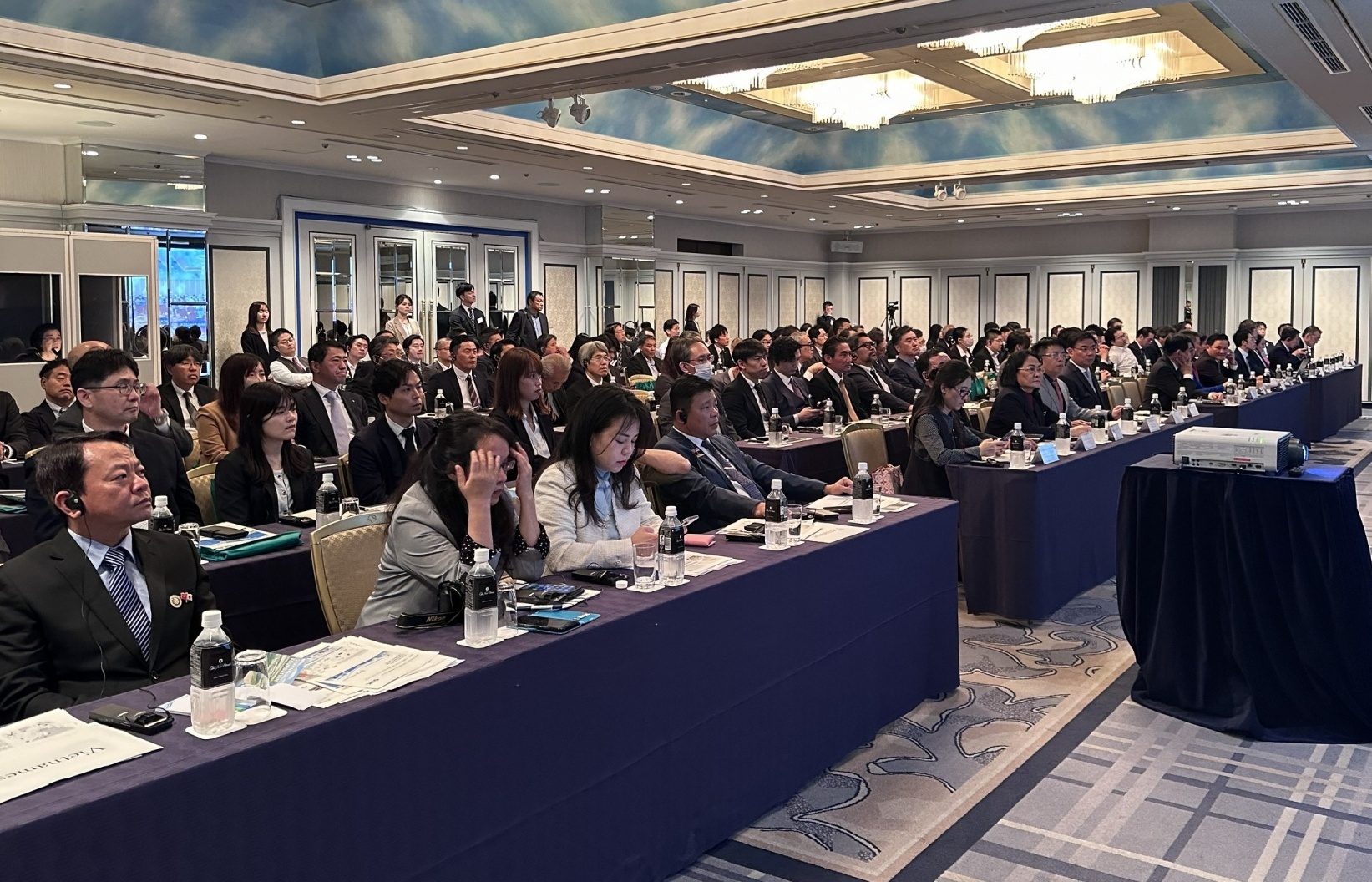
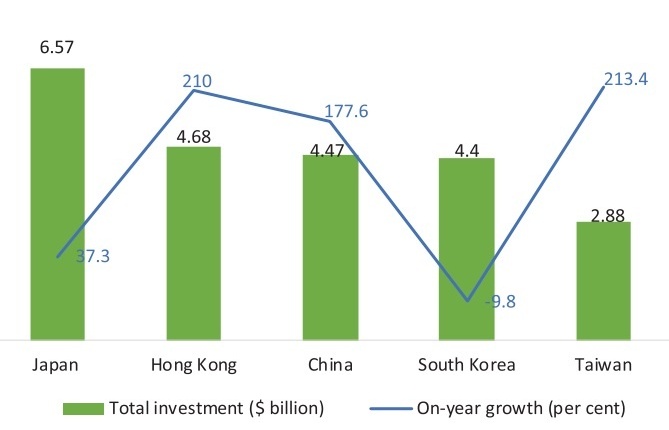
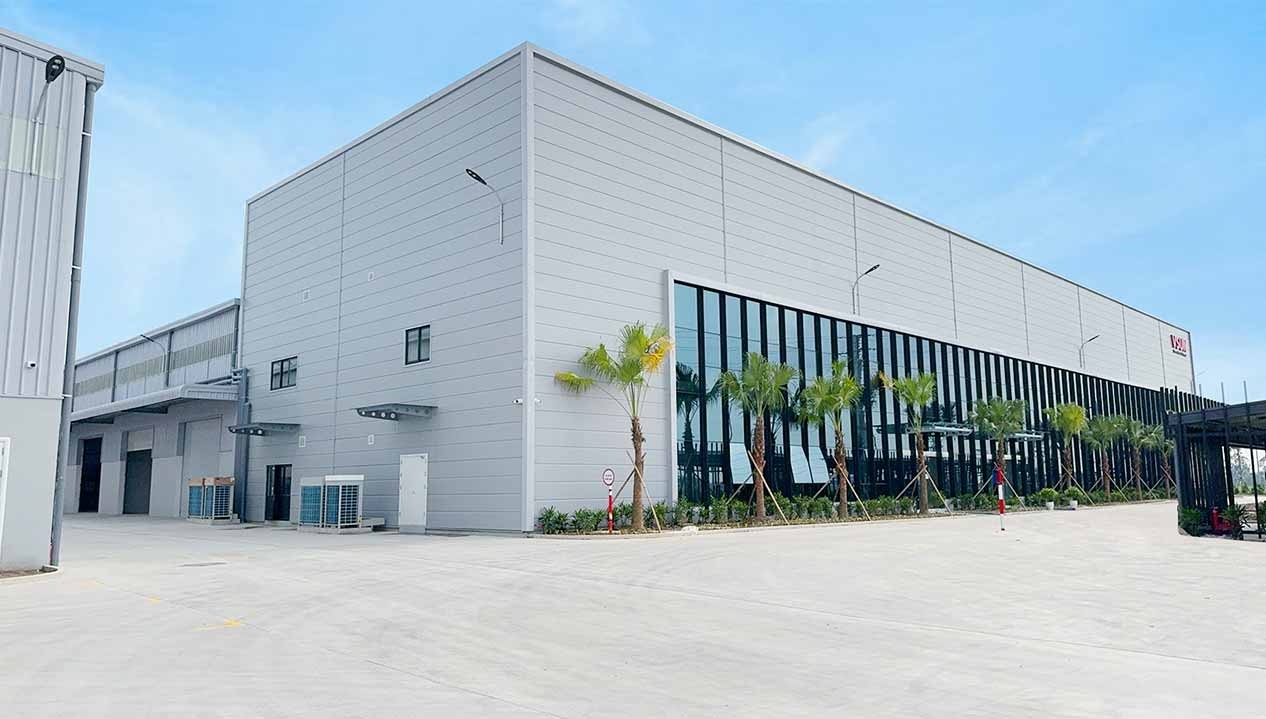
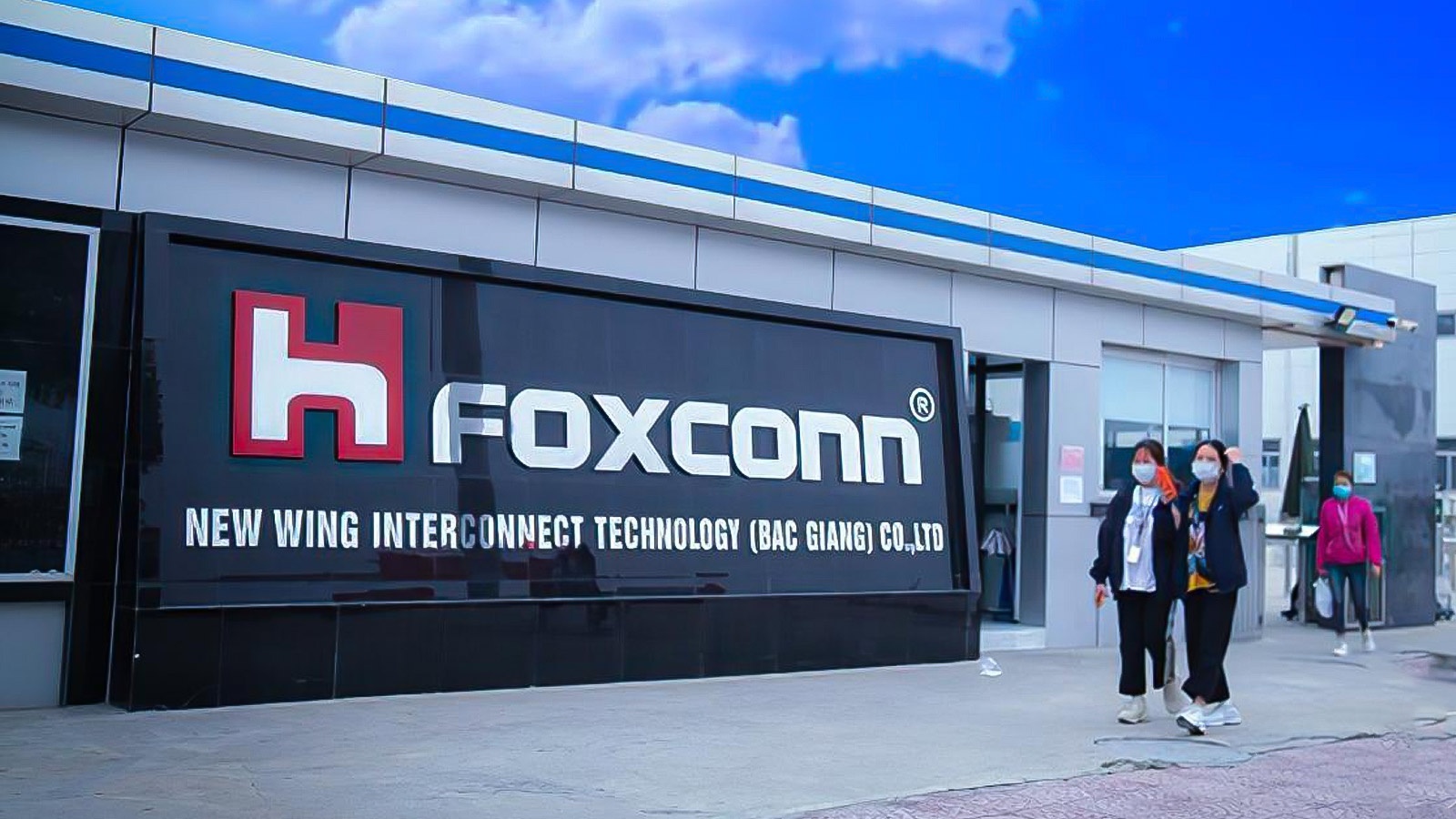
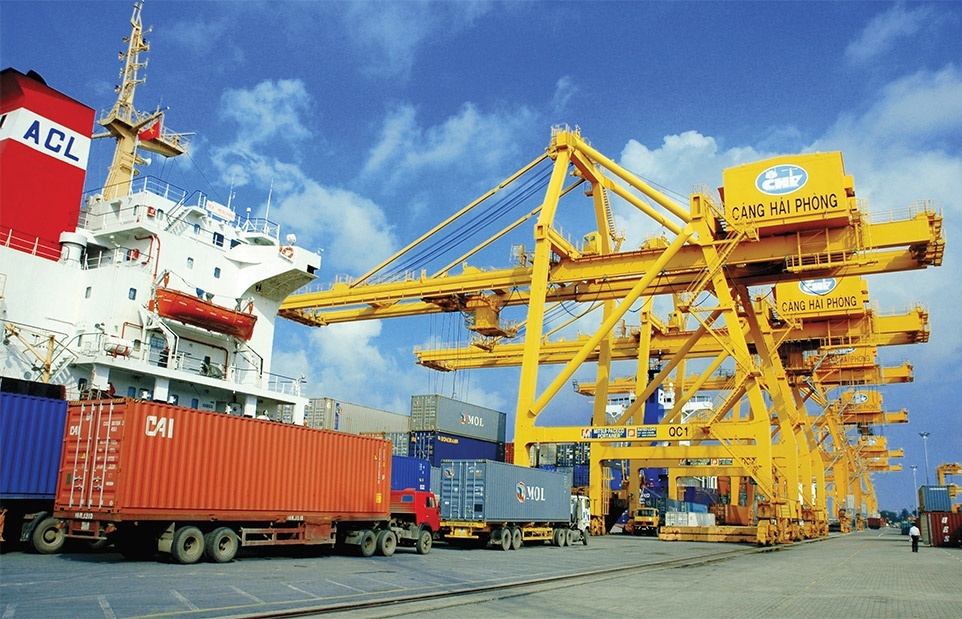
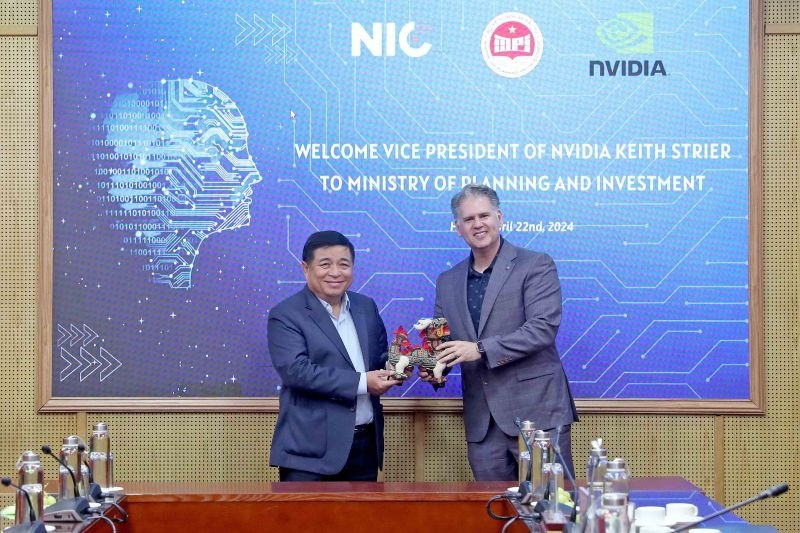



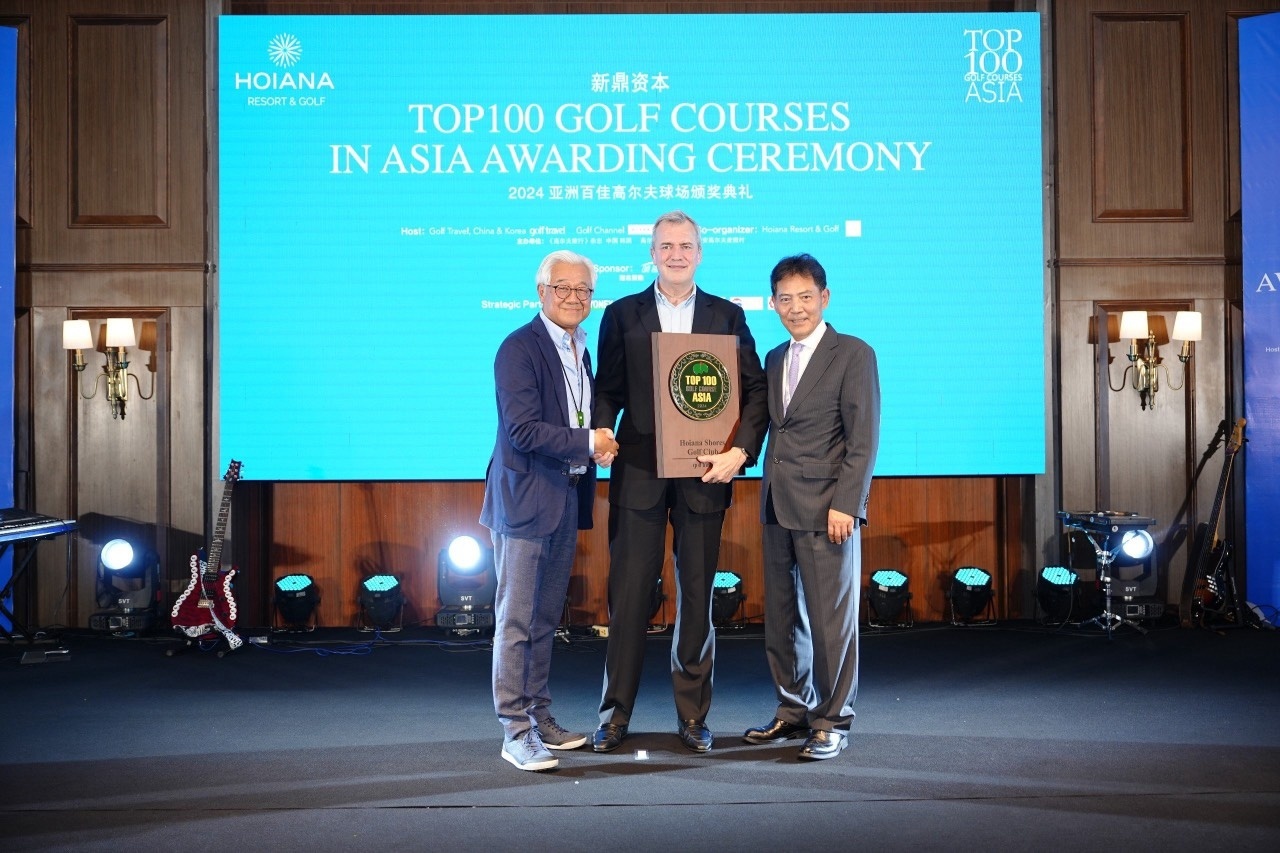
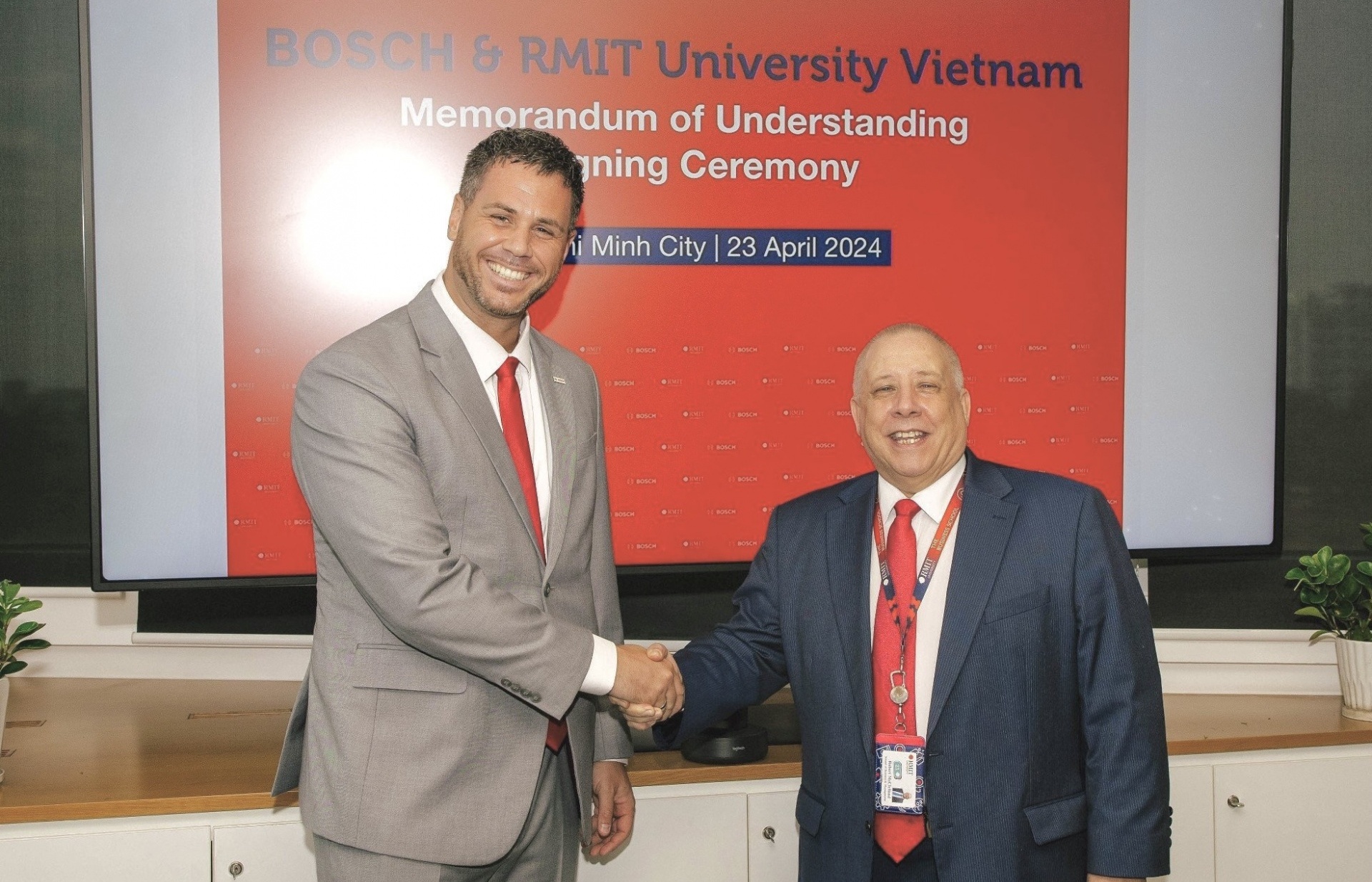



 Mobile Version
Mobile Version